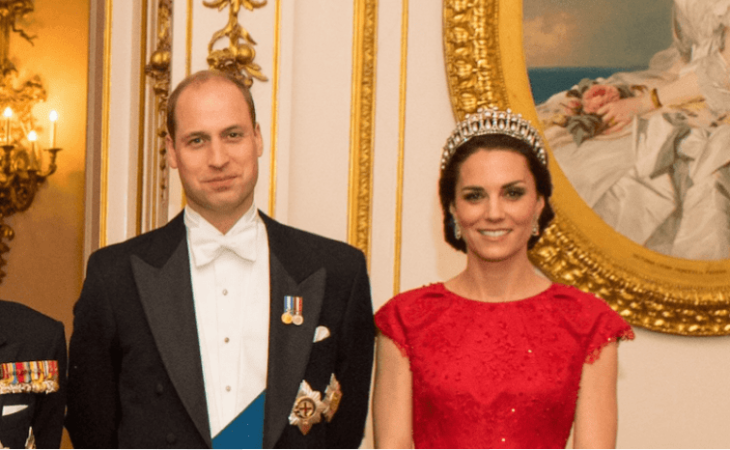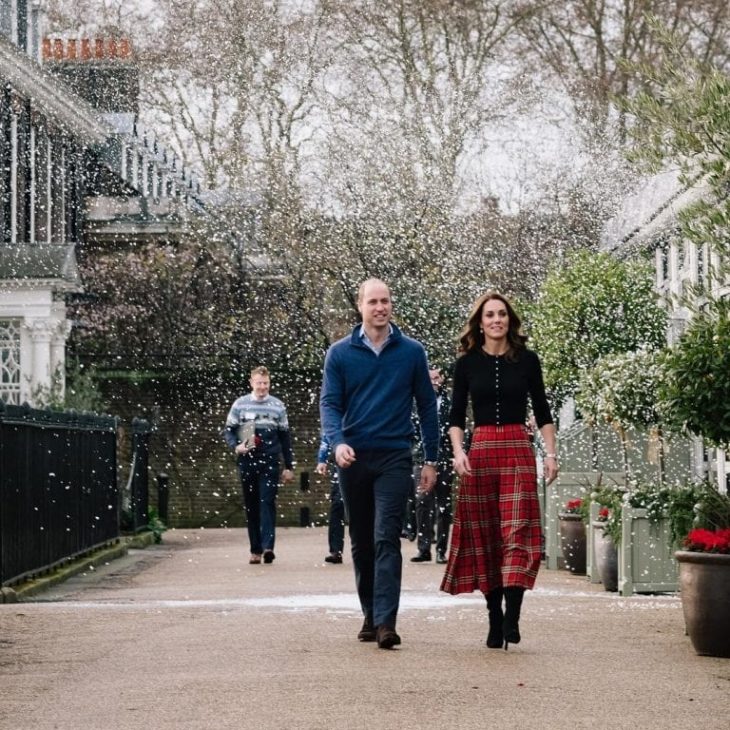Some of you might be familiar with the royal family members not having, or not using the last name. Since their titles keep changing during their life, it’s no wonder some members of the royal family decide not to use a surname at all. In the end, if you are a member of the royal family, why would you need a last name to be identified?

Does Prince William have a last name?
When a member of the royal family has a title Her or His Royal Highness, they don’t need to have the last name, and Prince William is one of them. But, when you go to school, or you join the military, not having a surname can be a little tricky.
Prince William’s last name
Since the title His Royal Highness, or now the Duke of Cambridge is next to his name when Prince William’s job is to represent the Crown, he isn’t expected to have and use a surname. However, when he was younger he was required to have and use the last name when he went to school or when he was in the military.

Queen Elizabeth II’s last name is Windsor, and when she married Prince Philip, they joined their surnames, and they are now Mountbatten-Windsor. That surname applies to all of their children. But, seeing how Prince William’s father is Prince Charles, Prince of Wales, young William was Prince William of Wales, and he most probably went by William Wales when he attended school. Prince Harry went by Harry Wales when he was in the military.
Prince William is now the Duke of Cambridge, and that means that he can use Cambridge as his last name.
Windsor origins
Before 1917, the royal family didn’t even have the last name. However, King George V decided he wanted his family to have the last name, so he opted for Windsor in 1917 as his family’s house name and his last name. Queen Elizabeth II decided to join her last name Windsor with her husband’s Mountbatten as her family’s last name so that they and their descendants could be identified as Mountbatten-Windsor in the history of the British monarchy and further in the future.

Source: www.cheatsheet.com
